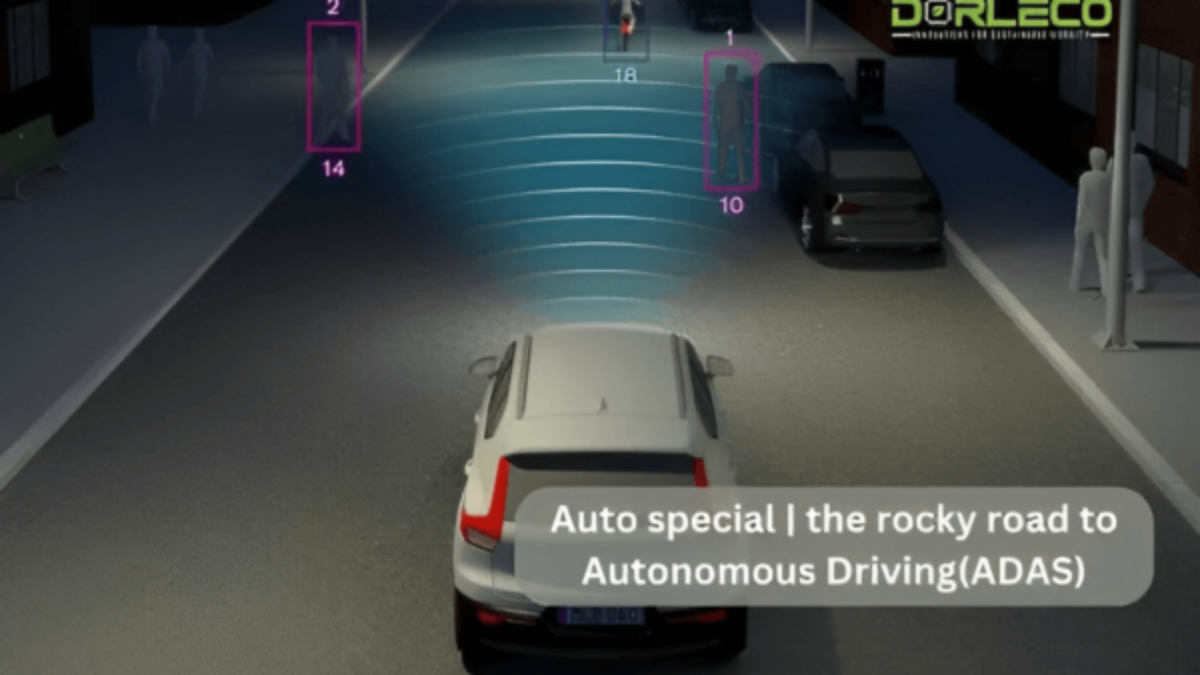For advanced ADAS features to operate properly, a series of conditions must be met. They frequently halt or malfunction because of the chaotic traffic on the dusty Indian roadways.
When it comes to the future of automobiles, autonomous driving—which consists of a variety of ADAS (Advanced Driver-Assistance System) components that work together to offer a car the ability to drive by itself—seems to be the Holy Grail for many of the established companies. Depending on the number of assistance subsystems deployed, the amount and type of help offered have been categorized at several levels, ranging from ADAS Level 0 to 5. Many manufacturers have achieved Level 5, which is equivalent to self-driving cars, but getting the legal okay to use vehicles without drivers is a very different story.
Even though Google’s former self-driving car project, which was spun off as Waymo, received the first official license to operate vehicles without safety drivers as taxis in Nevada, most places still require that there be a human in the driver’s seat and holding the steering wheel.
A number of mass market automakers, including Hyundai Motor, Mahindra, MG Motor, and now Tata Motors, have started integrating various ADAS technologies into their vehicles, even in the segments of cars under Rs 20 lakh. While many premium vehicles, including those being assembled in India, have ADAS Level 3 and Level 4 equipment for some time now.
This is a significant advancement because, depending on the ADAS, these vehicles will not only give drivers immediate warnings when they violate traffic laws or are in dangerous situations, such as when they exceed the speed limit, have a car in their blind spot, or veer from their lane, but they will also take control of the vehicle’s braking system and apply emergency brakes if necessary.
Many ADAS features require dust-free roads in order to function properly, even though some of them rely on external infrastructure (lane-keeping assist, for instance, will only work with obvious lane lines or the road and the speed limit monitor only when there is proper speed limit signage). Various ADAS systems have frequently malfunctioned while operating a vehicle on a highway because the cameras become obscured by dust and lose their ability to function properly.
The emergency braking systems pose the biggest problem since they abruptly apply the brakes when they detect an impending collision, even when the driver is in control, attentive, and aware that there isn’t even the slightest risk of an accident.
I’ve had a lot of similar encounters. The car slammed on its brakes as the guard cautiously opened the compound’s gate. Frequently, it occurs when pedestrians are crossing the street and both they and the motorist are alert to the circumstance. By the time the car arrives, the pedestrian will be across the street, but the system determines differently and slams on the brakes, causing a chain reaction in which many vehicles rear-end one another.
Other times, while trying to gently ease a parked car out into the road, the car cuts power and brakes, leaving the driver helpless and unable to move the car out of the parking space. Once this emergency braking mechanism has been turned off, keep in mind that it might either stay off forever or turn back on when the automobile is started. The goal for the majority of people I know is to keep such systems off.
Perhaps it would be preferable to invest in shoring up the infrastructure so that these systems can perform well in the first place and in teaching road users to bring order on the roads rather than shelling out vast sums of money to load cars with these complicated ADAS equipment. That will not only help avoid accidents but will also make it easier for ADAS to function when it is truly needed.
Different levels of Autonomous Vehicle

